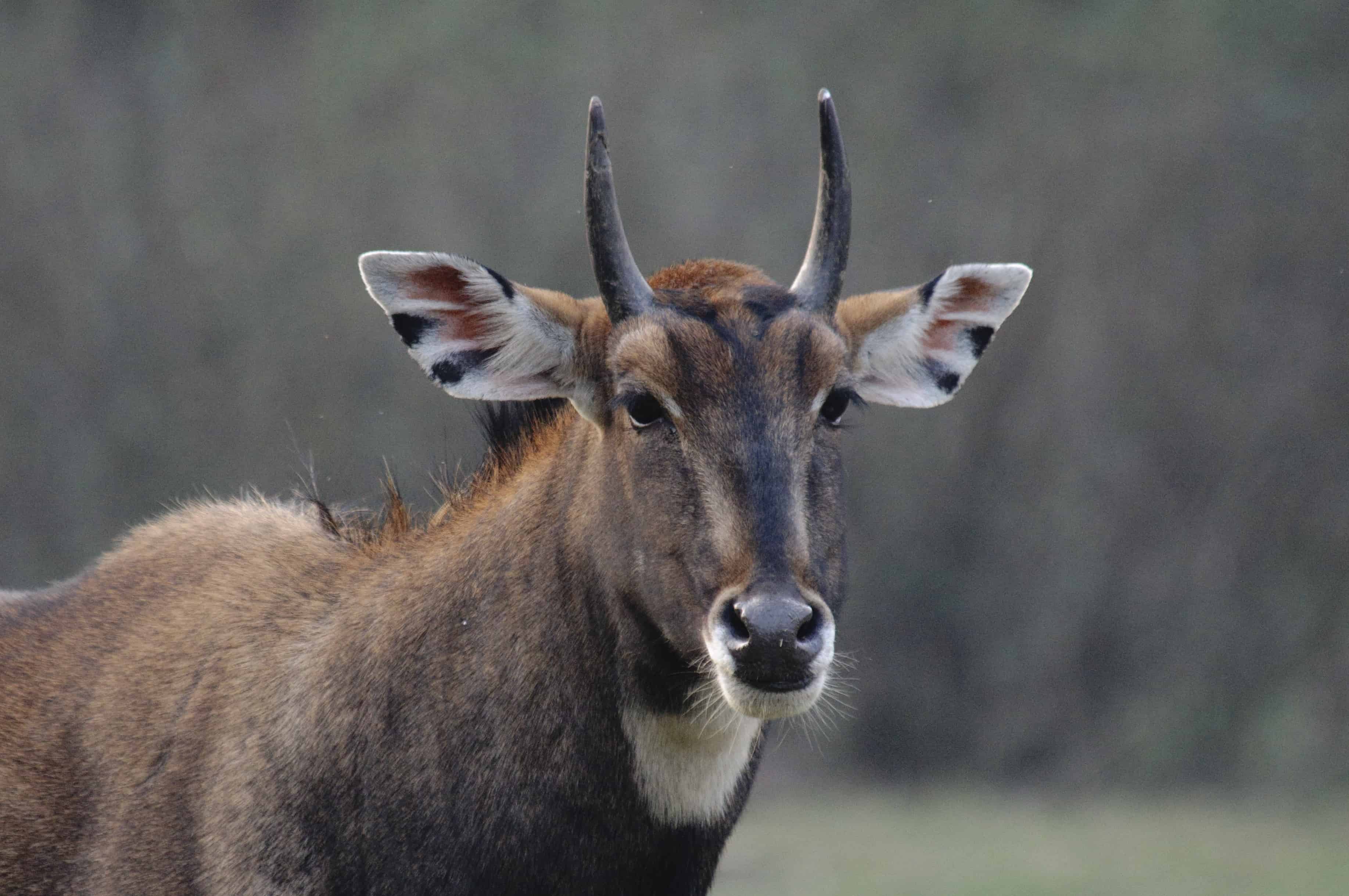 Shutterstock/Ainars AuninsBy Judi Lees
Shutterstock/Ainars AuninsBy Judi LeesLions, leopards, elephants, camels, the list of India’s exotic wildlife goes on and on. India cares about its wildlife and has developed a network of 70 national parks and about 400 wildlife sanctuaries that harbours endangered species as well as those that are plentiful.
Examples include the Kaziranga Game Sanctuary, which is an ideal habitat for the one horned rhinoceros; the Karera Sanctuary, home to the Great Indian Bustard and blackbuck; and Keoladeo Ghana National Park, known as the Bharatpur Bird Sanctuary in Rajasthan near Delhi, and a safe haven for indigenous and migratory land and water birds.
India has several species unique to its borders. The Nilgai, or blue bull, is found in the northern part of the country and is considered sacred.
And then there are the tigers. With 24 Tiger Reserves to protect it, India’s national animal is increasing in numbers, thanks to the very successful Project Tiger. The best-known reserve is the Bandhavgarh in Madhya Pradesh, where you can spot cheetahs, leopard, gaur and sambhar alongside the Royal Bengal tiger.
Go To Gujarat
Gujarat on the mid-western coast boasts a number of wildlife sanctuaries and two of Asia’s more unusual wild animals: the Asiatic Lion and the Wild Ass of Kutch.
Blessed with dry deciduous forests like Gir, majestic grasslands like those found at Velavdar, vast desert landscapes like the Little Rann of Kutch, wetland habitats such as Nalsarovar, fascinating marine ecosystem like those found near the Pirotan Islands and the rich moist deciduous forests such as the dense forests of the Dangs Gujarat is a diverse habitat boasting an abundance of wonderfully unique wildlife. The Asiatic Lion is found only in Gir, the Wild Ass is found only in the Little Rann of Kutch, the Great Indian Bustard finds refuge in the protected areas and the world’s only four-horned antelope, the Chowsingha is found in healthy numbers. One of the largest concentrations of Blackbucks grace the grasslands of Velavdar. Dugong, a large marine mammal that resembles a seal, along with the rare Boralia species have found home in the protected areas of the Marine National Park.
The Indian Lion is a distant cousin of the sub-Saharan African Lion and is only found in Gir National Park and Lion Sanctuary. A guided Jeep safari often gives close up, amazing views of the lions – great for shutter bugs. The season is November through June and viewing of the big cats is done from a comfortable SUV at dawn or dusk. Other animals often spotted include hyenas, leopards, antelope, jackals, deer and marsh crocodiles.
India is home to two species of the Indian Wild Ass: the Tibetan Wild Ass, larger and heavier of the two, and found in Ladakh in the Western Himalayas; and the Indian Wild Ass. The Indian Wild Ass is a resident species of India and the Little Rann of Kutch is its last home. The Asses live in herds feeding upon the sparse desert vegetation until the monsoon season (June through September) transforms the area into a wetland that supports a startling variety of flowering shrubs and bushes.
As well as seeing herds of Wild Ass, there are 32 other mammals including the Indian gazelle, desert fox, jackal, lynx, desert cat, nilgai (blue bull), wolf and striped hyena. The area is also a favourite destination among birders as 350 species are found here and it boasts some 70,000 to 75,000 nesting birds.


